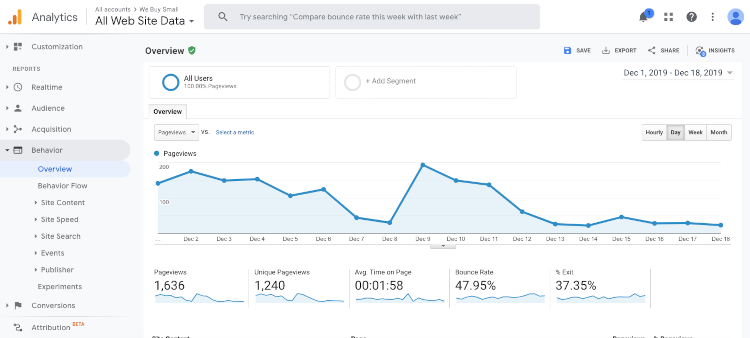Google Analytics Embed Dashboard is a powerful tool that can be used to track and analyze data in real time. With this dashboard, you can see how your website is performing across different browsers, devices, and regions. You can also see where traffic is coming from, what keywords are being searched on your site, and which sections of your site are generating the most traffic.
When you embed a Google Analytics dashboard into your website, you can view real-time data about your website traffic and activity. Embedding a Google Analytics dashboard also allows you to export your data in a variety of formats, including standard HTML reports, PDF reports, and Excel spreadsheets. Click over here now to know about the Google Analytics dashboard.

Image Source: Google
Embedding a Google Analytics dashboard gives you instant access to vital data about your website’s performance. By viewing real-time data, you can make better decisions about how to improve your site’s traffic and engagement.
Some of the benefits of using a Google Analytics embedded dashboard include:
- You can track visitor behavior on your site in real time. This information can help you identify which pages are attracting the most attention and how users are interacting with your site.
- You can see which areas of your site are performing the best and where improvements may be needed. This information can help you create effective marketing campaigns that will reach more people and drive increased traffic to your site.
To install and use Google Analytics Embed Dashboard, follow these steps:
- Install the Google Analytics JavaScript code library.
- Enable cookies in your web browser. This will allow Google Analytics to collect data from your visitors.
- Connect your website to Google Analytics using the provided tracking code.
- Launch the Google Analytics Embed Dashboard and select a profile for your website.
- Click on the “Data” tab to view all of the data that has been collected so far. You can also filter this data by date range, channel, or more detailed metrics such as visits per day or unique visitors.
